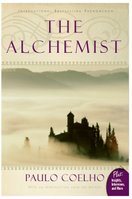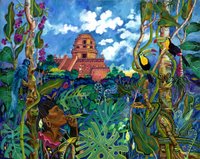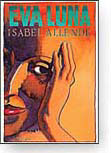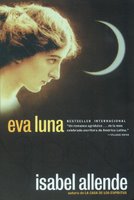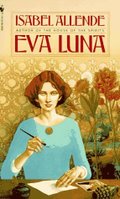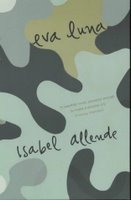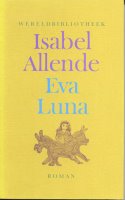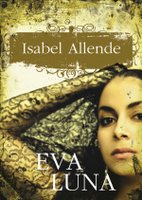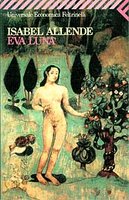 Yes, Juan León Mera’s story takes as its title the name of its female protagonist, object of the white man’s desire. Yes, Cumandá is also without doubt the most interesting and most attractive character in this, Ecuador’s first novel. And yes, the book’s plot revolves around first the ill-fated love between Carlos and Cumandá, then the tug-of-war that sees her exchanged between indigenous tribes and demanded back from the white-founded settlement to which she flees, and finally the revelation that in fact she is Julia, Carlos’s younger sister missing since an indigenous uprising many years before.
Yes, Juan León Mera’s story takes as its title the name of its female protagonist, object of the white man’s desire. Yes, Cumandá is also without doubt the most interesting and most attractive character in this, Ecuador’s first novel. And yes, the book’s plot revolves around first the ill-fated love between Carlos and Cumandá, then the tug-of-war that sees her exchanged between indigenous tribes and demanded back from the white-founded settlement to which she flees, and finally the revelation that in fact she is Julia, Carlos’s younger sister missing since an indigenous uprising many years before.But Cumandá is a distraction, or at best a pretext for the real interest here. As so often, the traffic in women is important only in so far as it enables and solidifies economic and political relations between men. In Doris Sommer's words, Cumandá becomes "the woman over whose dead body Spanish and Indian fathers can lover each other" (Foundational Fictions 240). For the key relationship in Mera’s novel is that between her father Tongana--who turns out to be the rebel formerly known as Tubón--and Tubón’s master, now missionary, Domingo Orozco, who is Carlos’s father and (we finally discover) also Cumandá’s.
After all, is not the book’s lesson that romantic love (or even sexual desire) fails to unite the two cultures, the indigenous and the creole or European? Not only do Cumandá and Carlos unable to consummate their passion--she has to keep herself untouched until after the festival of the canoes and then all too shortly thereafter is captured before subsequently dying--but even if they had, it would have been an illegitimate, incestuous union. In the end (Mera suggests) desire only brings us back to the same. The romance is doomed, but it would be even worse if it weren’t.
What counts therefore is the mutual forgiveness required of the two fathers. Father Domingo has to forgive Tubón for the uprising that deprived him of his wife and (for so long) of his daughter. Tubón has to forgive Domingo both his former colonial violence and his current neocolonial nation-building. Indeed, Domingo requires Tubón’s forgiveness in order to construct a fiction of brotherhood that will bind the two cultures affectively, if not ideologically.
For in the crucial scene in which Tubón offers up (or is read as offering up) his assent to creole domination, he is mortally wounded. Surly and undemonstrative at the best of times, this indigenous chief is now literally mute. While Carlos irritatedly calls upon his father to seek out and save Cumandá (failing three times, an unhappy inversion of the three occasions on which Cumandá has saved him), Domingo waves him off, concentrating on eliciting some sign of approval from the dying figure of the indigenous patriarch.
Domingo implores Tubón, revealing his dependence upon indigenous pardon for his own salvation: “If you pardon me, then we are both saved” (283). “My brother,” he begs him, “My soul brother!” as he seeks “a sigh, a tear, any sign of repentance” (283). So lo and behold when Tubón “wants to speak but cannot [and] two tears roll down his burning cheeks,” Domingo exclaims “He weeps! [. . .] Tears of salvation! Tears of benediction and proof of eternal health!” (284).
And the reader too is no doubt expected to weep at this scene of high (melo)drama in which the nation’s future health is cemented over a double death: of the white woman sacrificed for her troubling allure; and of the subaltern rebel whose mute affect is to be interpreted as consent within a narrative of reconciliation.
